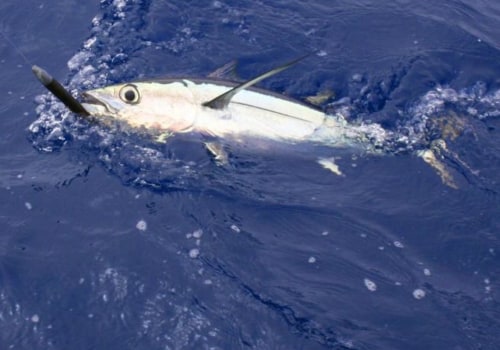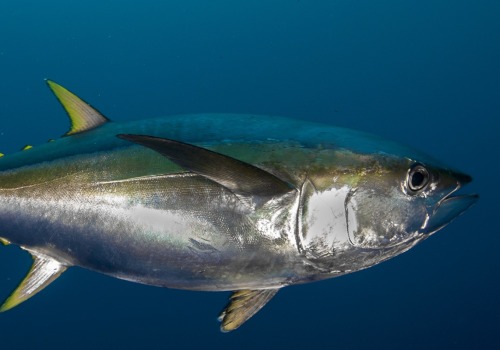The standard for canned tuna is 1 ppm (parts per million). An average 5-ounce (1-can) serving of light tuna contains 18.11 micrograms of mercury. An average 5-ounce (1-can) serving of albacore tuna contains 49.53 micrograms of mercury. An average 5-ounce serving of tuna steak or tuna sushi could contain up to 97.49 micrograms.
Too much mercury can damage nerves and cause memory loss, irritability and balance problems. According to the FDA, it's safe to consume, on average, up to 7 micrograms (mcg) of mercury per week for every 22 pounds you weigh. That's an average of about 50 mcg for a 150-pound person (our preference would be lower than that if possible). Four ounces of canned white tuna (albacore) have an average of 40 mcg of mercury.
For comparison, an equivalent amount of canned light tuna is only 13 mcg. Although the majority of canned white tuna is albacore, its mercury levels are almost three times higher than those of the smallest albacore tuna, which is used in most light canned varieties. Unfortunately, many popular brands use these fishing methods, such as Chicken of the Sea, Starkist, and Bumblebee. A study conducted by the Mercury Policy Project revealed a wide range of mercury levels in albacore and white tuna obtained from government-sponsored school lunch programs.
To avoid any risk of toxicity, women who are pregnant, nursing or who may become pregnant, as well as children who weigh less than 55 pounds, are advised not to eat albacore tuna at all. Tuna is one of the most convenient sources of protein out there, so it can easily become an ideal lunch. When it comes to tuna, for health and environmental reasons, limit your consumption to the portions suggested above, choose wisely at sushi restaurants, and buy sustainable brands that are low in mercury. In addition, a report from the University of Michigan reveals that mercury concentrations in Hawaiian yellowfin tuna (also known as ahi tuna, a popular fish for rolls and sashimi) are increasing 3.8 percent or more per year.
By paying attention, parents can safely include tuna sandwiches in their children's lunchboxes, in moderation. However, several species of tuna, like other fish in the large oceans, contain higher than average amounts of mercury, a highly toxic metal that can cause serious health effects. Its mercury levels are almost three times higher than those of the smallest bluefin tuna, which is used in most canned light tuna products. Most know that pregnant and nursing mothers are told to strictly avoid or limit certain fish (including tuna) for this reason.




Leave Message